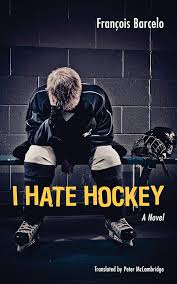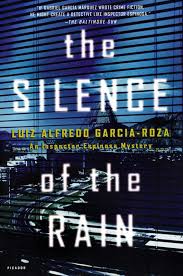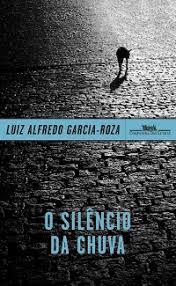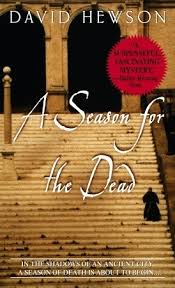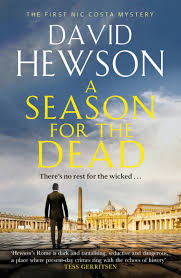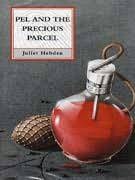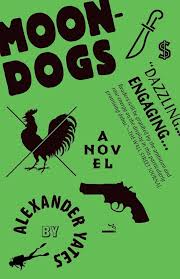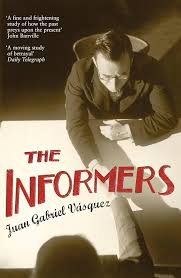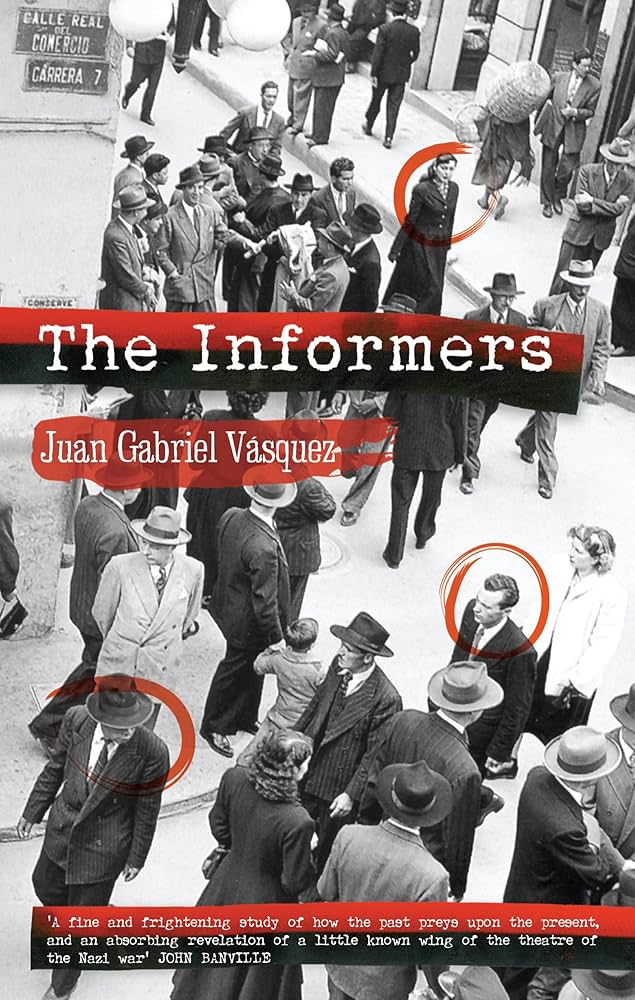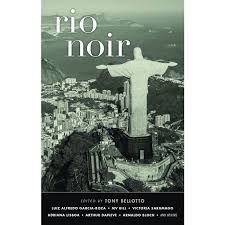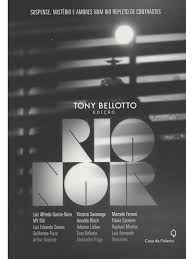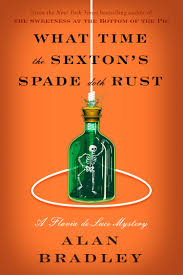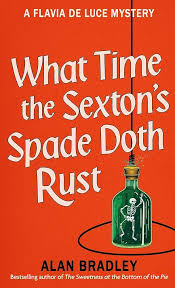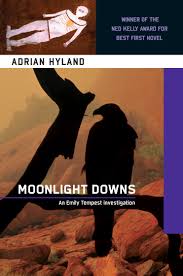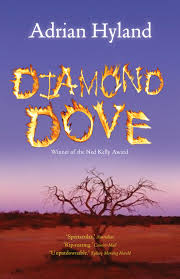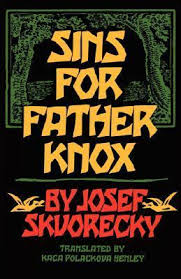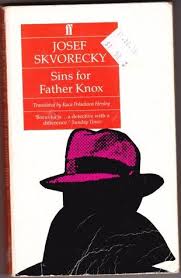I Hate Hockey (2011) J’häis le hockey by François Barcelo
Good Reads meta-data is 112 pages, rated 3.20 by 60 litizens.
Genre: krimi.
DNA: Québec.
Verdict: This is an adult?
Tagline: Take a deep breath; slow down.
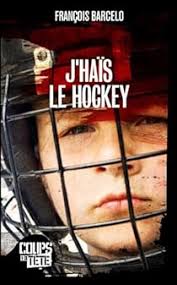
How can any Canadien hate hockey? Least of all a Québécois? In the Eastern Townships there is only one sport – Le hockey! And it is not a sport but a way of life! Or so everyone feels, except our Hero. He blames hockey for ending his marriage, because his wife was a fanatic for the game, and he could never quite manifest sufficient interest in it to satisfy her. He blames hockey for the estrangement of his teenage son, who is embarrassed by a father who doesn’t skate. He blames hockey for losing his sales job because he could not talk the sport with customers. In short, he couldn’t keep his stick on the ice. Worse, he doesn’t want to do so!
Yet, by dint of a cosmic misalignment, he is suborned into acting, emphasis on ‘acting,’ as coach for his son’s hockey team in one match, because the league rules requires adult supervision and no one else is available. This is one fish out of water, or on ice, or something.
The players are so good they don’t need a coach except for compliance. However he discovers that the real coach died, unexpectedly. That is, he was murdered. Specifically, beaten to death by one or more hockey sticks! Tabernac!
It is told in a frenetic style of the early Woody Allen, which was at first entertaining, bemusing, then exhausting, soon annoying, and finally irritating. Hero jumps from one ill-founded conclusion to another with Olympic speed absent Olympic grace.

A 100 breathless page monologue with Romeo and Juliet ending that bears no relation to previous pages. The end.

